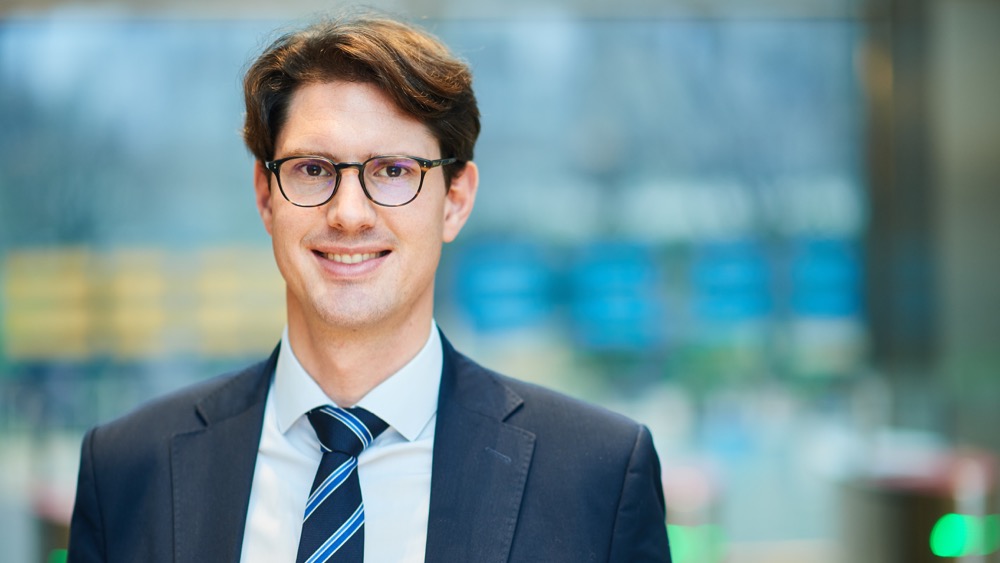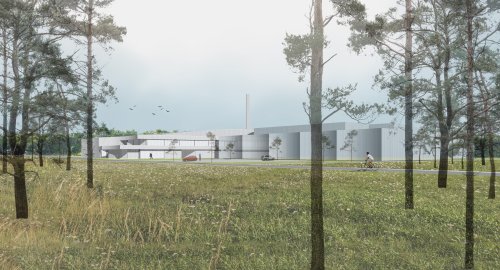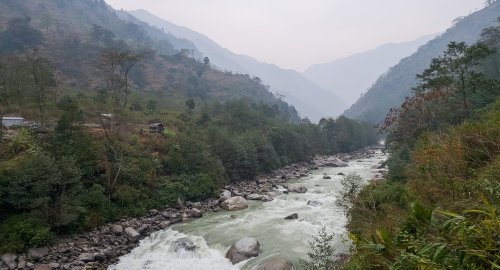
Listen to Engineering Angles, Tractebel’s podcast!
We caught up with Stéphanie Brine, Group Manager at Tihange nuclear power station in Belgium, to discuss her fascinating career path, her experience as a woman in...
Lees verderRecently appointed to the Scientific Committee of the International Society of City and Regional Planners (ISOCARP), Charles-Edouard Delpierre, General Manager of Tractebel Business Line Urban, shares his vision about the future of urban design and engineering after COVID-19.
Charles-Edouard Delpierre, General Manager of Tractebel Business Line Urban, has been appointed for a three-year term on the Scientific Committee of the International Society of City and Regional Planners (ISOCARP). Founded in 1965, ISOCARP is a non-governmental global association of experienced professional planners bringing together individual and institutional members from 85+ countries with the vision to make cities and human settlements inclusive, safe, resilient and sustainable through integrative participatory urban and territorial planning.
Honored with the prestigious appointment, Charles-Edouard shares below his vision on contribution to ISOCARP, mirroring the Tractebel Urban purpose of Designing Better Cities and Territories, Engineering a Zero-Carbon Future.
What does the appointment on the ISOCARP Scientific Committee mean to you?
I am deeply humbled by this nomination. Surrounded by esteemed urban thought leaders and practitioners, I look forward to contributing to advancing ISOCARP’s mission, vision and values.
What is your vision of the Urban future?
One year ago, our teams put their brains together to re-define Tractebel’s Urban identity in line with the company’s overall strategy, culture and purpose. We came up with our slogan of Designing Better Cities & Territories, Engineering a Zero-Carbon Future. At the time of the definition of our new motto, I reflected in this article on how telecommunications, the Internet of Things and digitalization in the context of being “smart in the city” and “smart cities”, where spatial design, structural, geotechnical, mechanical and electrical engineering, as well as social and environmental impact assessments, and urban sociology, all interconnect, in order to design – and engineer – better cities and territories.
In response to the pandemic reality, all of a sudden the 3D’s of low-carbon economy, namely decarbonization, digitalization and decentralization, take on an enhanced dimension in the resilient city paradigm. One year later, we are witnessing how now, more than ever, urban areas take centre stage not only in the management, but perhaps most importantly, the role they do and can play, in order to prevent future crises, global pandemics and mitigate climate change risks. This brings us back to the reflection on how well thought-out design, coupled with environmental and energy efficiency, together with structural and geoengineering skills, are crucial when working in the realms of cities, buildings and mobility stakeholders and expertise.
What are the emerging trends evidenced by the global pandemic in which urban stakeholders can play a role?
Our teams have been working on a state-of-the-art prospective study, done for ENGIE Research, called Cities 2030, Key Global Trends. I would like to add, following the 3 D’s, a proposition for “the 6 Ps”. Specifically, let’s contemplate how to better design, finance, build and operate city infrastructures and urban facilities, reconciling capitalism and sustainability:
1/ strong public bodies and policies (P for Public), at different scales (national, local),
2/ strong private financers and operators (P for Private),
3/ a clear Day 1 division of responsibilities, risks and contracts (P for Partnerships),
4/ in-line with zero-carbon solutions (P for Planet),
5/ inclusive (P for People),
6/ with enhanced focus on addressing public health (P for Protection).
What do the 6 Ps mean to you?
The 6 Ps offer, most notably, in the face of stimulus packages aligned with global “green deals”, an opportunity for urbanism and sustainable development to converge seamlessly.
After being thrown into the Covid-19 whirlwind, the way we address our response lies at the heart of the solutions we create for tomorrow. Now is the time to recover, to question the status-quo, and, as a result, to re-calibrate all of our efforts to create partnerships aimed at accelerating our re-defined vision. Let’s learn the lessons we are being taught.

Charles-Edouard Delpierre, General Manager of Tractebel Business Line Urban

We caught up with Stéphanie Brine, Group Manager at Tihange nuclear power station in Belgium, to discuss her fascinating career path, her experience as a woman in...
Lees verder
Jointly with its partner, MODULO architects, Tractebel will combine its infrastructure and nuclear expertise to support the design and construction of PanTera's actinium-225...
Lees verder
Tractebel and its subsidiary company RED published a White Paper on how Small Modular Reactors (SMRs) can provide zero-emission, reliable, and sustainable energy to data...
Lees verder
Powering the future of Nepal: Plans for the monumental Upper Arun hydropower project will be set in motion in March 2024. Our experts will oversee every phase of the...
Lees verder